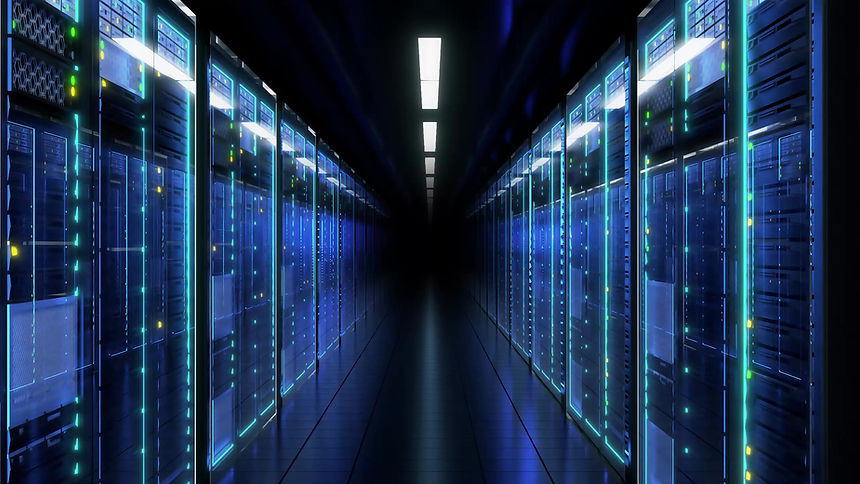Cognitive K.i. Empowering AI Solutions for Professionals in Diverse Fields

Swarm Intelligence
Swarm intelligence algorithms are used in various fields, including optimization, robotics, and data analysis, to find solutions to complex problems.

Swarm Intelligence
k.i. - Swarm Intelligence
Swarm intelligence is a concept derived from observing the collective behavior of decentralized systems, commonly found in nature. It is a significant area of study within the fields of artificial intelligence and computational modeling, drawing inspiration from social insects such as ants, bees, and termites that exhibit remarkably complex collective behavior. This phenomenon is characterized by localized interactions among individuals, leading to the emergence of complex global patterns and solutions to problems. Swarm intelligence has profound implications, influencing various domains, including optimization, robotics, and artificial intelligence.
At the core of swarm intelligence is the idea that simple agents following straightforward rules can lead to the emergence of intricate collective behaviors. Social insects, for instance, operate with minimal individual knowledge yet collectively solve complex tasks like foraging for food, building nests, and self-organizing into efficient pathways. These interactions rely on local information, allowing individuals to react to changes in their environment and to communicate indirectly by modifying their surroundings, a process known as stigmergy. Stigmergy occurs when the actions of individuals leave traces that inform the behavior of others, creating a feedback loop essential for adaptation and efficiency.
The functioning of swarm intelligence can be illustrated through various models and algorithms inspired by these natural systems. Two of the most prominent algorithms stemming from swarm intelligence principles are Particle Swarm Optimization (PSO) and Ant Colony Optimization (ACO).
Particle Swarm Optimization (PSO) operates on the principle of simulating social behavior among individuals (or "particles") in a solution space. Each particle represents a potential solution to an optimization problem and adjusts its velocity and position based on its own experience and that of its neighboring particles. As each particle communicates with its peers, the collective knowledge enables the exploration and exploitation of the search space, ultimately converging on optimal solutions. This method has found applications in various fields, including engineering, economics, and finance, where effective optimization can significantly enhance decision-making processes.
Ant Colony Optimization (ACO) utilizes the foraging behavior of ants. In nature, ants deposit pheromones on paths to signal to others the quality and viability of food sources. As time passes, pheromone levels decrease, simulating the natural process of evaporation. This creates a dynamic system where shorter paths, which are more frequently traveled and thus have higher pheromone concentrations, become increasingly attractive to other ants. ACO algorithms mimic this behavior, employing artificial ants that traverse a search space, leaving virtual pheromones that guide the search process. ACO has been effectively applied in various scenarios, including routing problems, scheduling tasks, and network design.
The strength of swarm intelligence lies in its ability to harness the power of collective behavior while mitigating the limitations associated with individual decision-making processes. This decentralized approach promotes resilience in systems, where the failure or error of one agent does not lead to catastrophic failure, as the collective can still operate effectively. Such robustness is vital in dynamic environments where conditions may change unexpectedly.
One of the essential characteristics of swarm intelligence is adaptability. Systems that utilize swarm intelligence can often adapt to new conditions and parameters without requiring a centralized control mechanism. This is particularly relevant in fields like robotics, where swarm robotic systems are being developed to perform tasks cooperatively. For example, a swarm of drones can collaborate in search and rescue operations, utilizing their intelligence to cover vast areas more efficiently than a single drone might.

